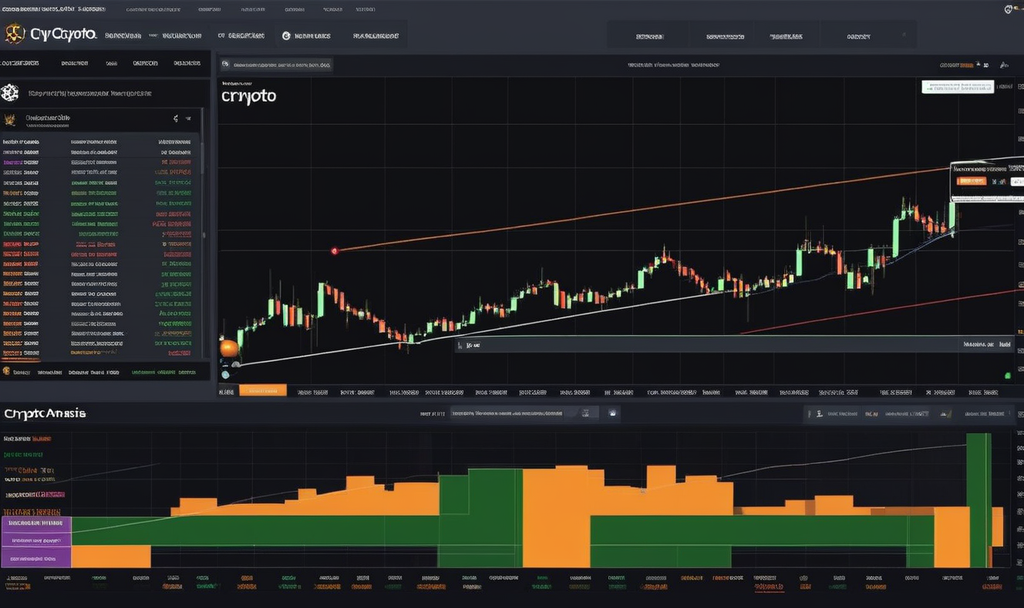Cryptocurrency has gained immense popularity in recent years, attracting investors, traders, and enthusiasts alike. If you’re new to the crypto world, understanding the basics of technical analysis can be a game-changer in your investment journey. In this beginner’s guide, we’ll walk you through the essential concepts of cryptocurrency technical analysis to help you make informed decisions.
Understanding Technical Analysis
Technical analysis involves evaluating historical price data and trading volume to forecast future price movements. Unlike fundamental analysis, which considers a cryptocurrency’s intrinsic value, technical analysis focuses on charts and patterns.
Candlestick Charts
One of the fundamental tools in technical analysis is the candlestick chart. These charts visually represent price movements over a specific time frame. Each candlestick consists of a body and wicks, providing information on opening, closing, high, and low prices. Understanding candlestick patterns can help you predict potential trend reversals or continuations.
Support and Resistance Levels
Identifying support and resistance levels is crucial in technical analysis. Support levels indicate where a cryptocurrency’s price tends to stop falling, while resistance levels show where it struggles to move beyond. Recognizing these levels can assist you in making strategic entry and exit decisions.
Trendlines
Trendlines help visualize the general direction of a cryptocurrency’s price movement. An upward trendline connects higher lows, while a downward trendline connects lower highs. Recognizing these trends early on can be advantageous for traders.
Indicators and Oscillators
Various technical indicators and oscillators can provide additional insights into a cryptocurrency’s price movements. Popular indicators include the Relative Strength Index (RSI) and Moving Average Convergence Divergence (MACD). These tools help assess whether an asset is overbought or oversold, signaling potential trend reversals.
Risk Management
For beginners, effective risk management is paramount. Setting stop-loss orders, diversifying your portfolio, and allocating only a small percentage of your capital to high-risk trades can protect your investments from significant losses.
Common Pitfalls for Beginners
As you delve into cryptocurrency technical analysis, it’s essential to be aware of common pitfalls. Emotional decision-making, overreliance on one indicator, and neglecting fundamental analysis can lead to poor investment choices.
Practical Tips for Beginners
- Start with the Basics: Begin with simple concepts and gradually delve into more complex strategies as you gain experience.
- Use Reliable Sources: Rely on reputable platforms and sources for accurate and up-to-date information on cryptocurrency prices and market trends.
- Stay Informed: Cryptocurrency markets are dynamic. Stay informed about market news, technological developments, and regulatory changes that may impact prices.
- Practice with Demo Accounts: Many platforms offer demo accounts where you can practice technical analysis without risking real money. This allows you to hone your skills before entering the live market.
If you have any question about this article, please contact us …
You can easily create a free cryptocurrency wallet with binance …
In conclusion, mastering cryptocurrency technical analysis is a gradual process that requires dedication and continuous learning. This beginner’s guide has provided a foundation for understanding key concepts and tools. As you navigate the exciting world of cryptocurrency trading, remember to stay disciplined, manage risks effectively, and always be open to expanding your knowledge.

